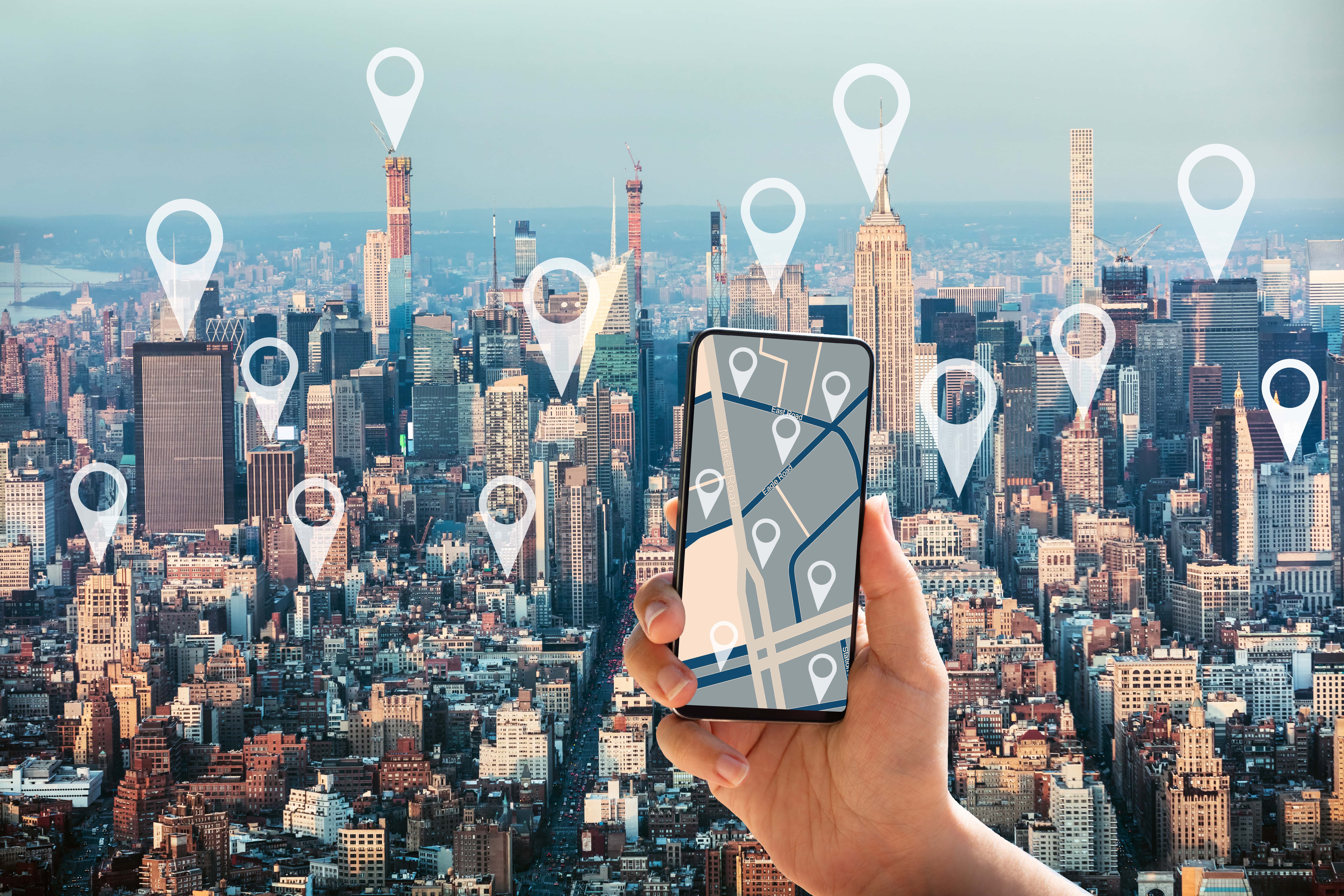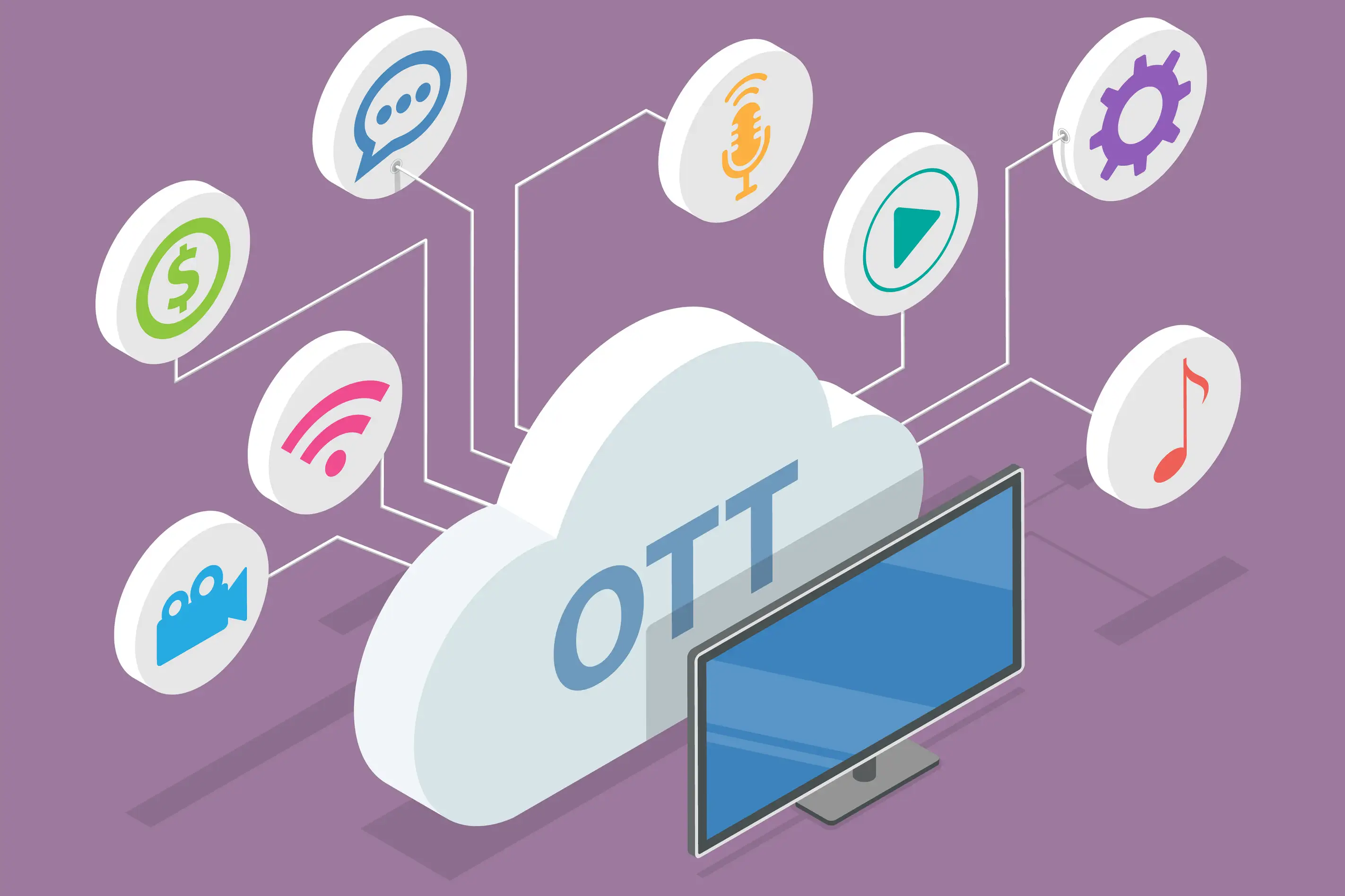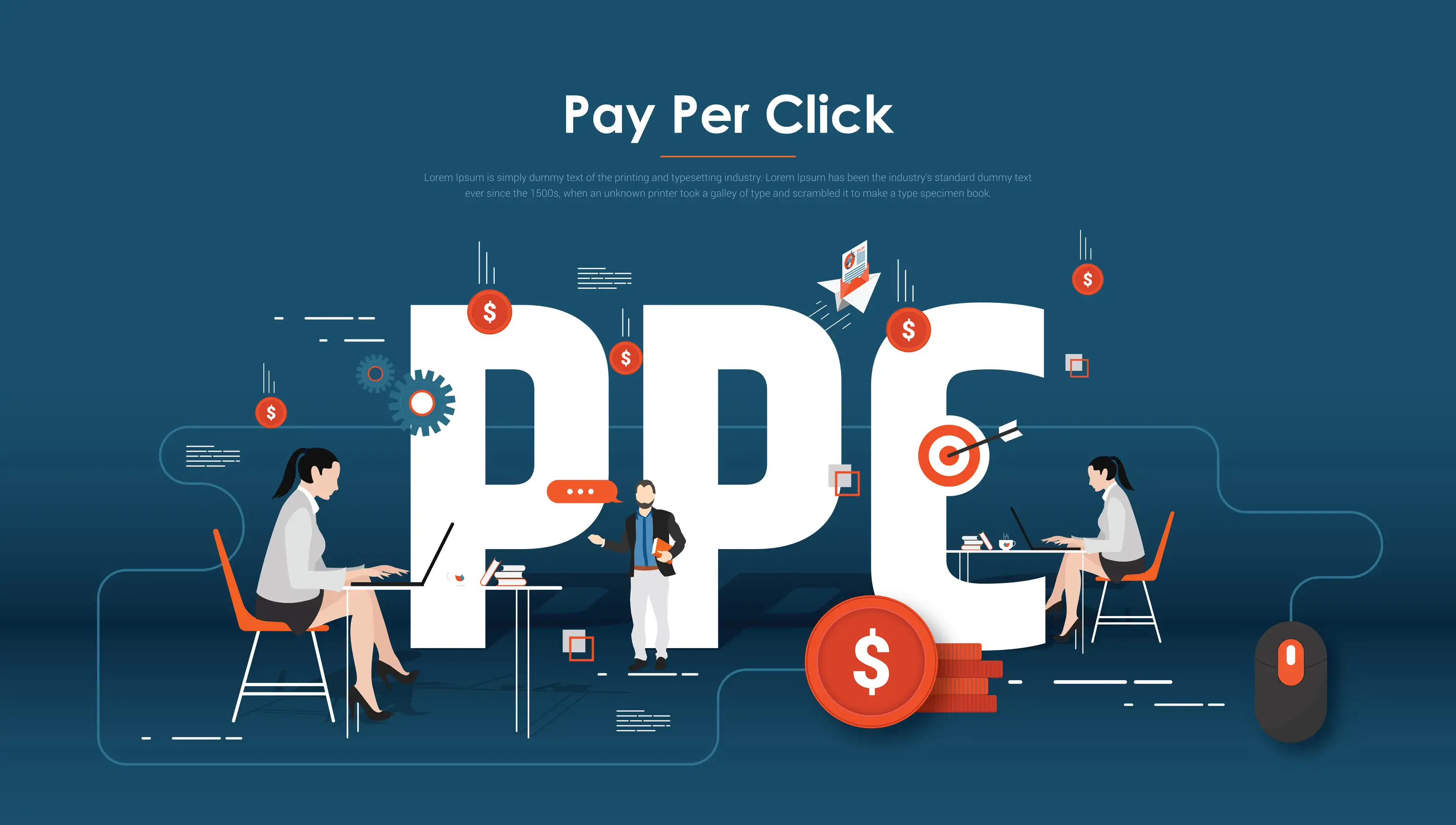By: Kelly Paul
Targeting Customers in a Geographic Area
Geofencing advertising can be a good idea when you want to target potential customers based on their location or behavior within a specific geographic area. According to Reveal Mobile, the click-through rate (CTR) for geofenced audiences is 7.5% as opposed to 0.9% for all industries on Facebook.
Here are some situations where geofencing advertising might be a better option than regular digital advertising:
Event Targeting
Large events where there is a density of your target audience are a great use of geofencing in advertising. For example, there may be a professional organization or trade group that is holding an annual conference over several days. You can create a geofence around the hotel and conference facilities and serve attendees with ads to promote your product or service. There are several event types that could prove valuable, including food trucks, festivals, concert venues, car races, arts performances, and more.
Localized Promotions
Geofencing marketing works for localized promotions where you can offer real-time promotions to customers who are in the vicinity of your store or business. For example, if you run a retail store, you can create a geofence around your store and offer a discount or promotion to people who are in the area. This can be an effective way to drive foot traffic and increase sales.
Competitor Locations
Geofencing can be used to target people who are currently at competitor locations. For example, if you run an independent coffee shop, you could target customers who are currently at a chain coffee shop by creating a geofence around the chain location and serving them with ads promoting your unique — and local — selling proposition.
Benefits of Geofencing Advertising Campaigns
There are several benefits of geofenced advertising campaigns for businesses looking to increase their reach and engagement with their target audience. Here are the top four:
Hyper-Targeting
Geofencing allows businesses to target users based on their location, interests, and behavior. This enables businesses to reach their target audience with personalized and relevant location-based messaging that resonates with them.
Increased Engagement
By targeting users in a specific location or context, geofencing can increase engagement and drive conversions. Ads can be used to promote exclusive offers, events, and promotions that are relevant to the users in that location.
Cost-Effective
Geofencing can be more cost-effective than traditional advertising methods, such as TV and broadcast radio. By targeting specific locations, businesses can save money on ad spend and maximize their return on investment.
Increased Foot Traffic
Geofencing can be used to drive foot traffic to brick-and-mortar stores by targeting users in nearby locations. This can be especially effective for businesses that rely on foot traffic for their sales and revenue.
Geofencing Allows for Multiple Digital Ad Types
Geofencing can be used to serve a variety of ad types, including social media ads, display ads, and search ads to mobile devices. The type of ad you choose will depend on your marketing goals, target audience, and the platforms you want to use. Below we’ve outlined some examples of ads that you can use in your geofencing marketing campaigns:
Social Media Ads
You can use geofencing to serve social media ads to people within the geofenced area. This can be a great way to increase brand awareness, engagement, and drive conversions. Platforms such as Facebook, Instagram, and Twitter offer geofencing options for their ads.
Display Ads
You can use geofencing to serve display ads within the designated location. Display ads can be served on websites, mobile apps, or through programmatic advertising platforms. Geofencing can help ensure your ads are seen by the right people in the right location.
Search Ads
You can use geofencing to serve paid search ads to people searching for relevant keywords withing a specific location. This can be a great way to increase visibility and drive traffic to your website or landing page.
How does Geofencing Advertising Work?
Geofencing creates a virtual boundary around a physical location. To use geofencing in your marketing efforts, you would:
Set up the Geofence
A digital marketer creates a geofence around a specific location using GPS coordinates or RFID technology.
Collect Data
Once the geofence is established, the marketer can start collecting data on the people who enter or exit the virtual boundary. The data collected can include location, time of day, frequency of visits, and other behavior-based data points.
Identify Users
The data collected is used to identify users who enter or exit the geofence. This can be done using mobile device IDs, cookies, or other tracking technologies.
Triggering Actions
Once a user is identified, a marketer can trigger actions such as sending targeted ads or promotions to their mobile device. The marketer can also use the data collected to segment users and target them with personalized and relevant content.
Analyzing Results
Metrics such as click-through rates, conversion rates, and foot traffic can be used to measure the success of the campaign and inform future marketing and advertising strategies.
More Targeted and Effective Marketing Campaigns
Geofencing can be a powerful tool for marketers who want to target customers based on their location or behavior within a specific geographic area. By using geofencing in conjunction with other digital marketing techniques, marketers can create more targeted and effective marketing campaigns.
New Path Digital Can Help
Whether you need to advance your digital media buying practices, make your website more effective, or you’re struggling to understand your data — we’re here to help move you forward. Schedule a free consultation to learn how New Path Digital can help your business grow.
Blog Last Updated on 1 year by New Path Digital






